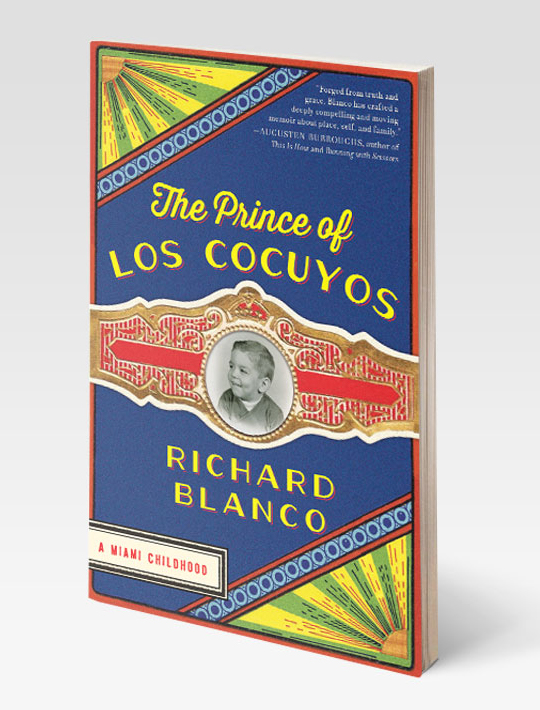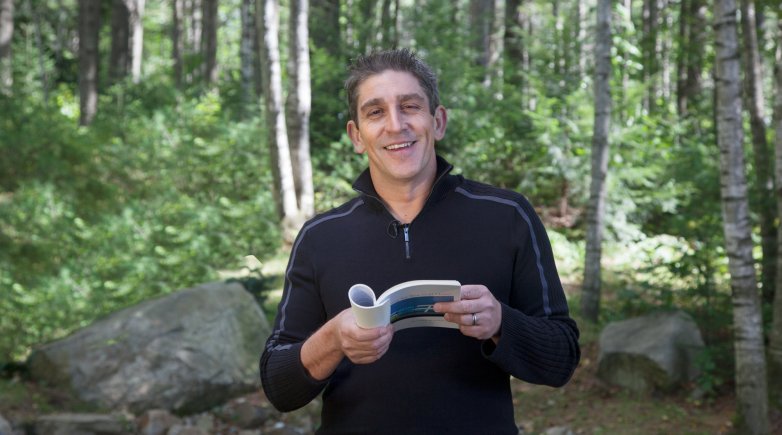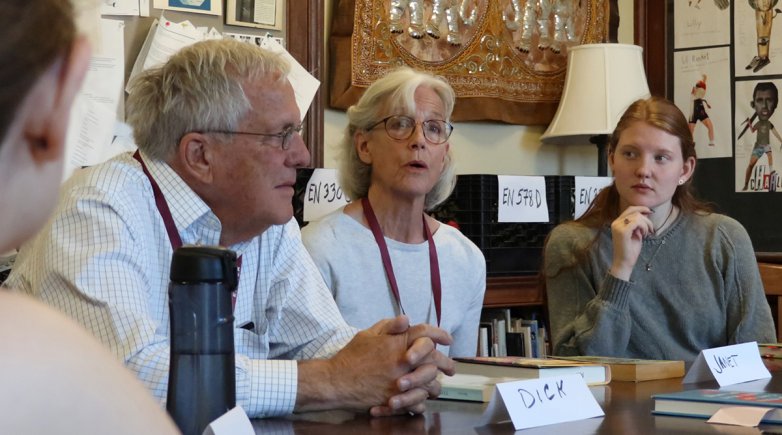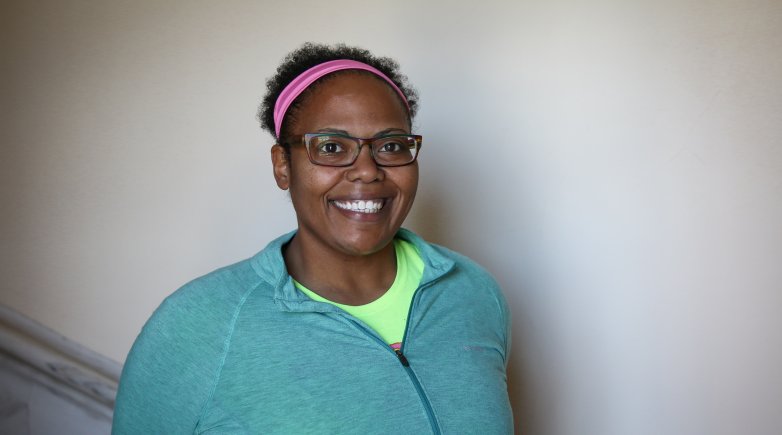Newest Exonians bond around story of becoming
Incoming ninth-graders are reading Richard Blanco's memoir The Prince of los Cocuyos ahead of the new academic year.
Richard Blanco, one of the nation's foremost poets, will speak at assembly Sept. 13.
Less than a month to go before their Exeter experience officially begins, the members of the class of 2023 are already on the same page in at least one respect.
The 201 incoming preps are reading Richard Blanco’s memoir, The Prince of los Cocuyos, a summer homework assignment that is the first of its kind at the Academy. English Instructor Tyler Caldwell chose the text, which is intended to form a baseline for the newest Exonians ahead of their arrival.
 “The common read establishes a sense of community before the ninth-graders arrive to campus, and it creates a common ground for discussion after they arrive to campus,” said Caldwell, who is entering his second year as coordinator of a ninth-grade program devised to ease the transition of incoming students.
“The common read establishes a sense of community before the ninth-graders arrive to campus, and it creates a common ground for discussion after they arrive to campus,” said Caldwell, who is entering his second year as coordinator of a ninth-grade program devised to ease the transition of incoming students.
In a letter that accompanied the book, Caldwell wrote to the preps, “We hope that this book encourages you to consider how you might define or understand home, how you might examine and explore elements of your own identity, and how to explore and embrace a diverse range of perspectives and experiences.”
The book is the memoir of one of the leading American poets of this generation and one of five poets to serve as an inaugural poet, as Blanco did in 2013 at President Barack Obama’s second inauguration. The son of Cuban immigrants, Blanco was born in Spain but immigrated with his family to the United States as an infant, eventually settling in Miami. His website describes him as “made in Cuba, assembled in Spain, imported to the USA.”
The book centers around his immigrant childhood, the pain of exile for his parents and grandparents and his own “becoming” as a gay man.



